It's easy to start 3D printing, but you'll need a few things to help you along the way.
So you have decided that you want to try your hand at 3D Printing, you've seen all the cool YouTube videos, and you are ready to pick up your first printer. But getting started requires a little more than you might think.
Here's an overview of the things you will need to ensure you can start printing straight away — and have a good chance of those prints actually working.
A computer
Not only do you need a computer for finding 3D models and for preparing those models for printing, but a lot of the back end of printing can be done here. From firmware upgrades to running the printer in real-time, almost anything can be done from a good laptop or PC. It doesn't even have to be the best laptop, just something powerful enough to run the basics.
I would recommend making sure you have at least 4GB of RAM and a fairly powerful processor. My Dell XPS 13 runs all of my slicing software and 3D design software, while my 2011 MacBook struggles to prepare some of the more complex models for the printer. Newer is often better, but most modern laptops should be handle anything.
If possible, avoid using a direct connection to your PC. Using an SD card to copy your models over to the printer and letting it do the work is far better than using your laptop. If anything happens to your PC while you print, an update, for example, or a blue screen of death (BSOD), you could potentially lose hours of printing.
A 3D printer
The type of printer you start with will entirely depend on your budget. If you are looking to enter the 3D printing world for as little as possible, you can get a printer that requires a little work to get perfect. This can sometimes be a false saving as you might spend more on upgrades than it would have cost to buy a new one. If you have a little more money to spend, buying a better printer early on can save you a lot of time, money, and frustration.
We have a list of the best 3D printers for under $1000, but if you are just starting, there are two I would consider — The Ender 3 from Creality and the Prusa Mini+.
The Ender 3
The Ender 3 is an incredibly cheap, entry-level model into the world of 3D printing. It requires very little in the way of setup and has a huge community behind it. The community is important because there are many upgrades for the Ender 3 to make it a powerhouse, and some guidance is probably a good idea. The most notable selling point for the Ender 3 is the price. You can get a working printer that will give you great prints for just $200. That's a great entry point to the hobby.
The Mini+
The Mini+ from Prusa is more expensive than the Ender 3, double the cost actually, but in terms of reliability and print quality, it wins hands down. As I said in my Prusa Mini review 'You would be hard-pressed to see any difference between the quality of the Prusa Mini and its big brother' the Mk3s. If you want stunning prints right out of the box, then the Mini+ is your best choice for under $500. It's also the perfect size to sit on your desk, next to your PC, and print anything you want while you work. I love it.
A fantastic printer at a great price
Prusa Mini+
The Prusa Mini+ is a 3D printer that offers a premium printing experience with a cost to sort all pockets. If you are new to 3D printing and want to start with quality, this is the printer for you.
Resin Printers
Resin 3D printing requires an entirely different set of 3D printers, materials, and accessories. We go into Resin or filament 3D printing here, but generally, if you are looking for tiny details on small models, then a resin printer is best. If you want big models that can take some punishment, an FDM printer is better suited. Resin 3D printing also requires a lot of must have accessories to use safely and efficiently. When it comes to Resin 3D printers, there are three sizes (small, mid-range, and large) but for beginners, there are really only two you need to think about.
Small
Small resin 3D printers like the Phrozen Mini 4K and the Sonic 4K are perfect if you are looking for an entry-level printer, at a reasonable price, that can print highly detailed models such as miniatures for tabletop games or figurines. The mono screen on these new printers makes them extremely fast, and the 4K resolution gives fantastic model detail.
Fast and Affordable
Phrozen Sonic Mini 4K
An excellent printer for hobbyists
The Phrozen Sonic Mini 4K is a great place to start resin 3D printing. It's small, cheap, and produces a level of detail FDM printers are jealous of every time.
Mid-size
If you are looking to print larger models, like masks, or 7 inch-figures, then a mid-sized printer might be up your alley. We reviewed the Anycubic Mono X and found it to be excellent at just about every aspect of 3D printing. If you are looking to get into 3D printing as a business, this is a great place to start.
Base materials
Filament
Filament is the material you use to make everything in your FDM 3D printer. The most popular and arguably the easiest to use is PLA, a corn-based plastic that requires fairly low temperatures to print and is easy to sand, prime, and paint. There are many other filament choices, such as ABS, a stronger, higher temp plastic, and Ninja Flex, a flexible filament you can use for things like phone cases.
Rolls of filament come in many different sizes, and I like to use the 1kg or 2.2lb rolls that you can get for as little as $15. Plenty of people will tell you the cheap stuff is no good, and they may be right if you are planning on selling your prints or you don't want to paint them. For your first few rolls, though, while you are learning the ropes, go as cheap as you can. You will reach a point in your printing career when it is time to buy some of the more expensive materials, but you can find many excellent filaments on a budget if you need to.
A note of caution, some of the filaments are noxious when printed. ABS shouldn't be printed without adequate ventilation in the house and needs to have an air-controlled room to really work well. Most printers don't come with an enclosure, so you will need to build one to print ABS properly. That said, ABS is a really nice material to get very smooth prints from, so it's worth learning more about. Make sure, as well, that you get the right size filament; 1.75mm is the norm, but 2.85mm is available for some printers.
Resin
Resin is required for resin 3D printers, obviously, but it is important to note how much more toxic it can be. While you can have a resin 3D printer sat next to you on your desk, you need to ensure there is adequate ventilation when it has resin in it.
There are many different types of resin that you can use depending on the type of model you are making. There are extra tough resins for practical prints, resins that are good for sanding and painting, and even resins that can be used as wax for casting metal. We've collected the best resin for your SLA/DLP 3D Printer in a handy list, but for my money, the Siraya Tech fast resin is all you need every day.
Assorted tools
Now you have your laptop, printer, and base material, you need to start looking at the type of tools you need to help make life easier. If you are printing in resin, then our list of must have accessories will steer you in the right direction, but the most important things to purchase are Nitrile gloves and Isopropyl Alcohol (IPA). These will keep you safe and make your prints look fantastic once cleaned and cured.
There are also some must have accessories for filament 3D printers because while your printer may come with a cheap scraper and some snips, you really need some quality tools like the Buildtak scraper to make your printing successful. Some of the best stuff you can buy for your printer can be found in your local supermarket too. Things like Aquanet hairspray and Elmer's glue sticks are readily available and will keep your print planted firmly on the bed.
3D models
Repositories
Most printers come with an SD card and a few basic models to try out, but you may have an idea of what you want to print for your first go. You can always design your own models, but for now, let's find one on the interwebs.
-
Thingiverse: Thingiverse is the largest repository of free-to-use 3D models on the web, with hundreds of thousands of models to choose from. If you have had an idea, the chances are someone already made one. I even uploaded a quick design of the Windows Central Logo that you could use as your first print.
-
My Mini Factory: My Mini Factory is smaller than Thingiverse, but each model on there is guaranteed to be print-ready. This means someone has actually printed all the models to make sure they will print. There are a lot more paid artists on My Mini Factory, but honestly, it's worth a few dollars to get some of these amazing models.
-
Prusaprinters: Prusa makes two of my favorite printers, the Mini+ and the Mk3s and recently created a site to house 3D creations. It is already building a strong community and is an easy site to navigate around.
-
Patreon: While Patreon isn't exactly a 3D model library, there are some fantastic 3D modelers out there who offer beautiful modelers for a low monthly fee. Some like Fotis Mint even let you sell their original models if you sign up for the right amount. I spend around $30 a month on different modelers and average 10-15 new models each month for that money. Bargain.
Slicers
Slicers are the final piece of the 3D Printing puzzle. Slicing software turns the 3D model file, normally an .STL or .OBJ, into a usable set of instructions for your printer to plot in 3D space. Normally a slicer will create a file called GCode, which can be edited by you to tweak certain aspects of the print. The GCode tells the printer when to start and stop, when to home the print head, and when to extrude filament between two points. There are quite a lot of different slicers, and they are getting better every day.
-
Simplify 3D: Simplify 3D (S3D) is an extremely powerful slicer that can be used on just about any printer. One of my printers uses a different flavor of code to print called .x3g, and as such, it needs specific software to run, which S3D includes. S3D has an excellent UI and powerful features to help you generate the best prints. I wouldn't necessarily recommend it right now as they have some weird limits to the number of printers you can use, they are slow to update, and it costs $149 to buy, but what it does, it does very well.
-
Cura: Cura by Ultimaker is completely free and almost as powerful as Simplify 3D. Due to the open-source nature of Cura, you will see many different versions floating around in the world, your printer may even come with a version on the SD card. Don't use any other version than the current stable version unless you are secure in your 3D printing skills, as even one wrong setting can make all your prints look like garbage. I like Cura, and its UI is a little easier to understand than S3D, and with a constant upgrade cycle and a price tag of $0, it is a good choice for a beginner.
-
PrusaSlicer: PrusaSlicer is another free offering that deserves a good look. It works for both FDM and resin printing and has a lot of amazing features, one of my favorites being the paint on supports. Instead of messing around with blockers, you can simply paint the area you need supporting at PrusaSlicer will generate the support you need. It's an elegant system that I really dig. If you decided on a Mini+ or Mk3s from earlier in this article, then PrusaSlicer is the best choice for you.
-
Chitubox: When it comes to resin printing, there is no better slicer out there than Chitubox. It offers fantastic features that allow you to support the model and hollow it, ready for resin printing. It can even connect to certain printers wirelessly through your PC to make file transfer nice and simple. I use Chitubox every single day, and I love it.
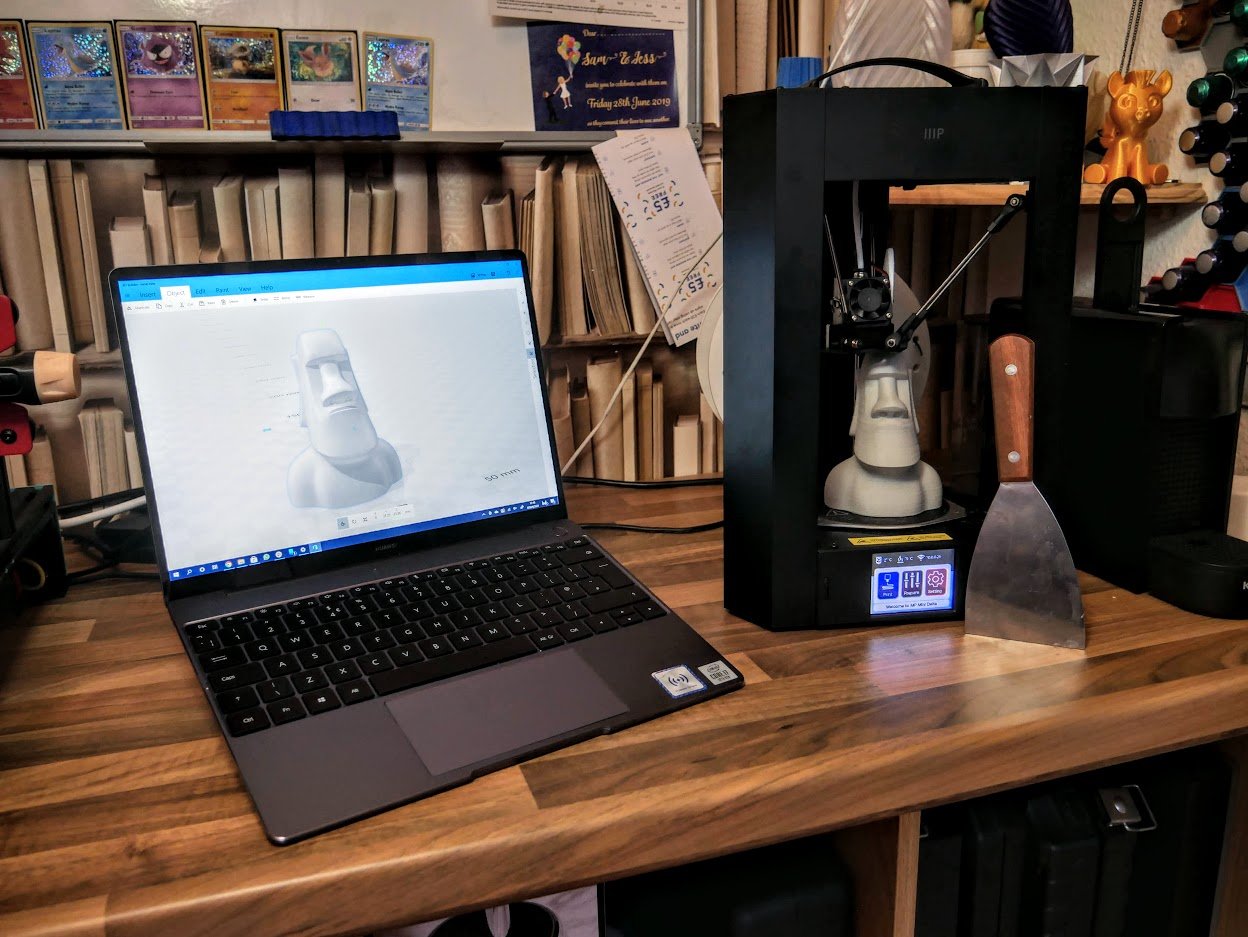
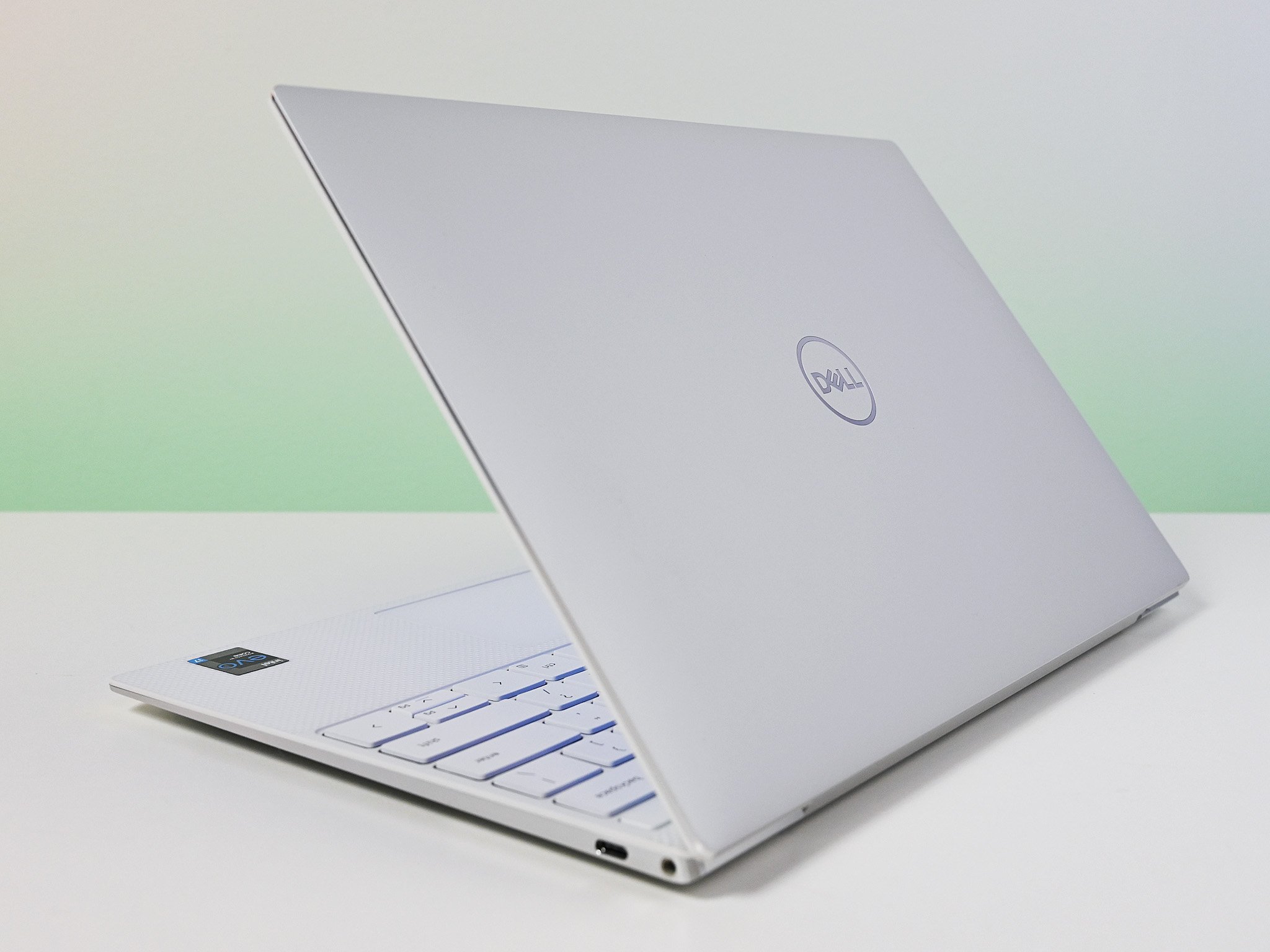
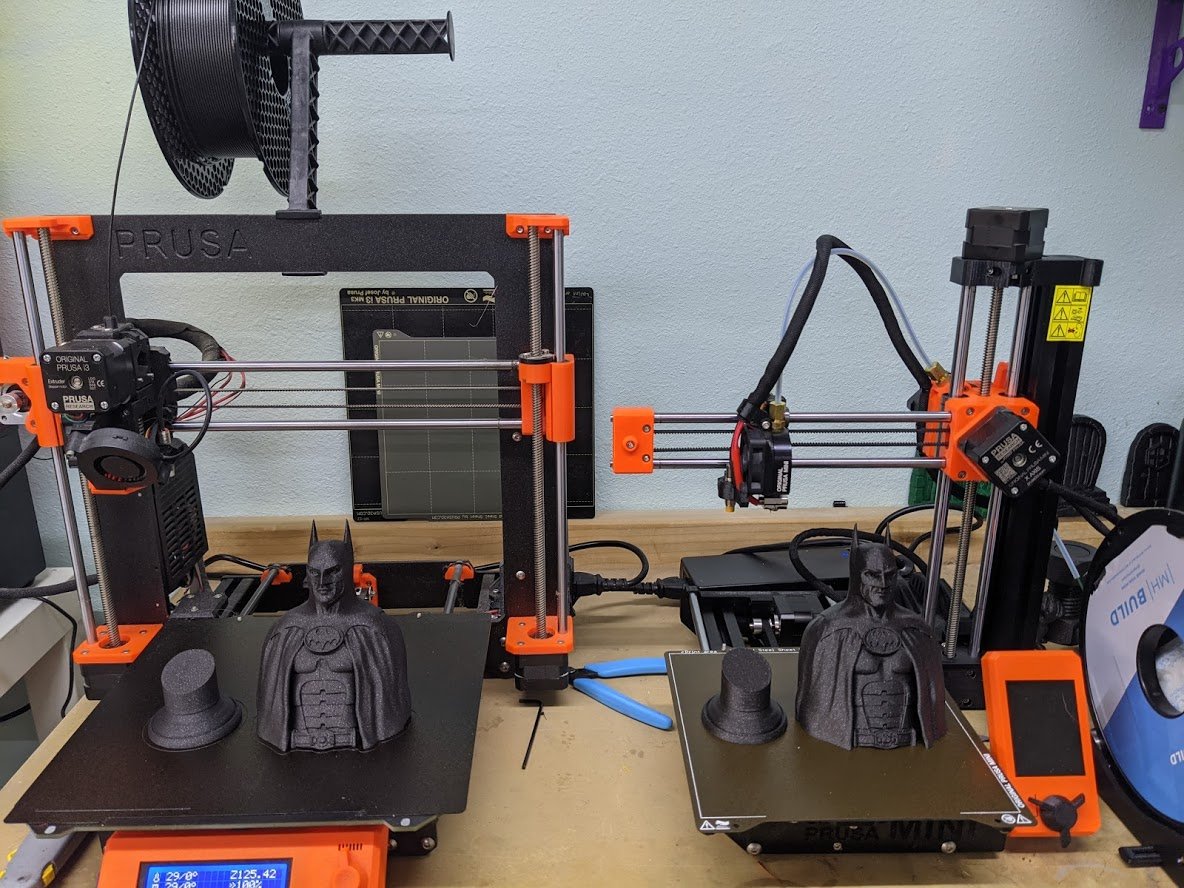
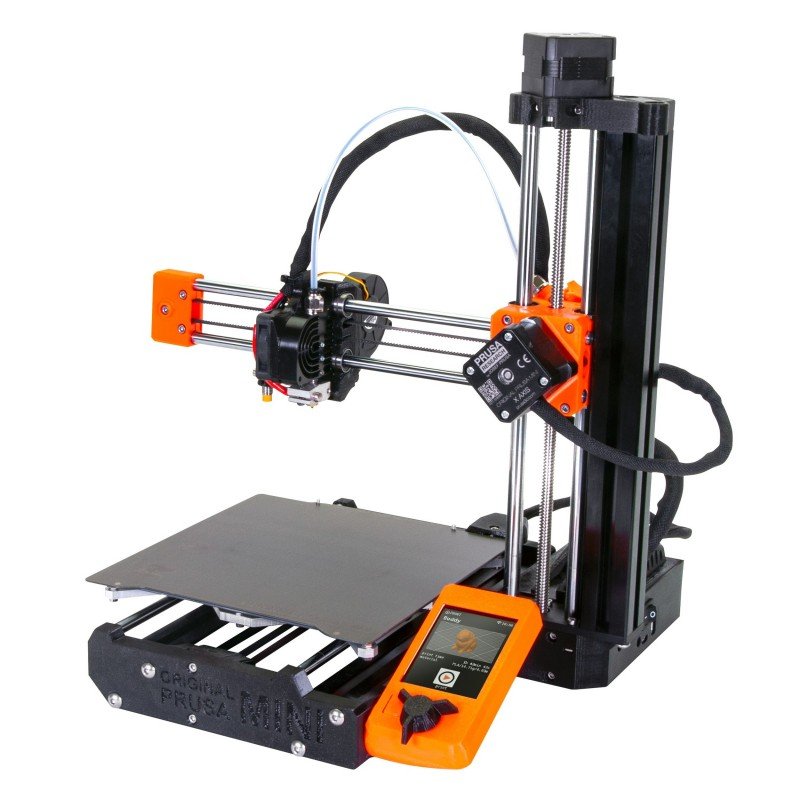
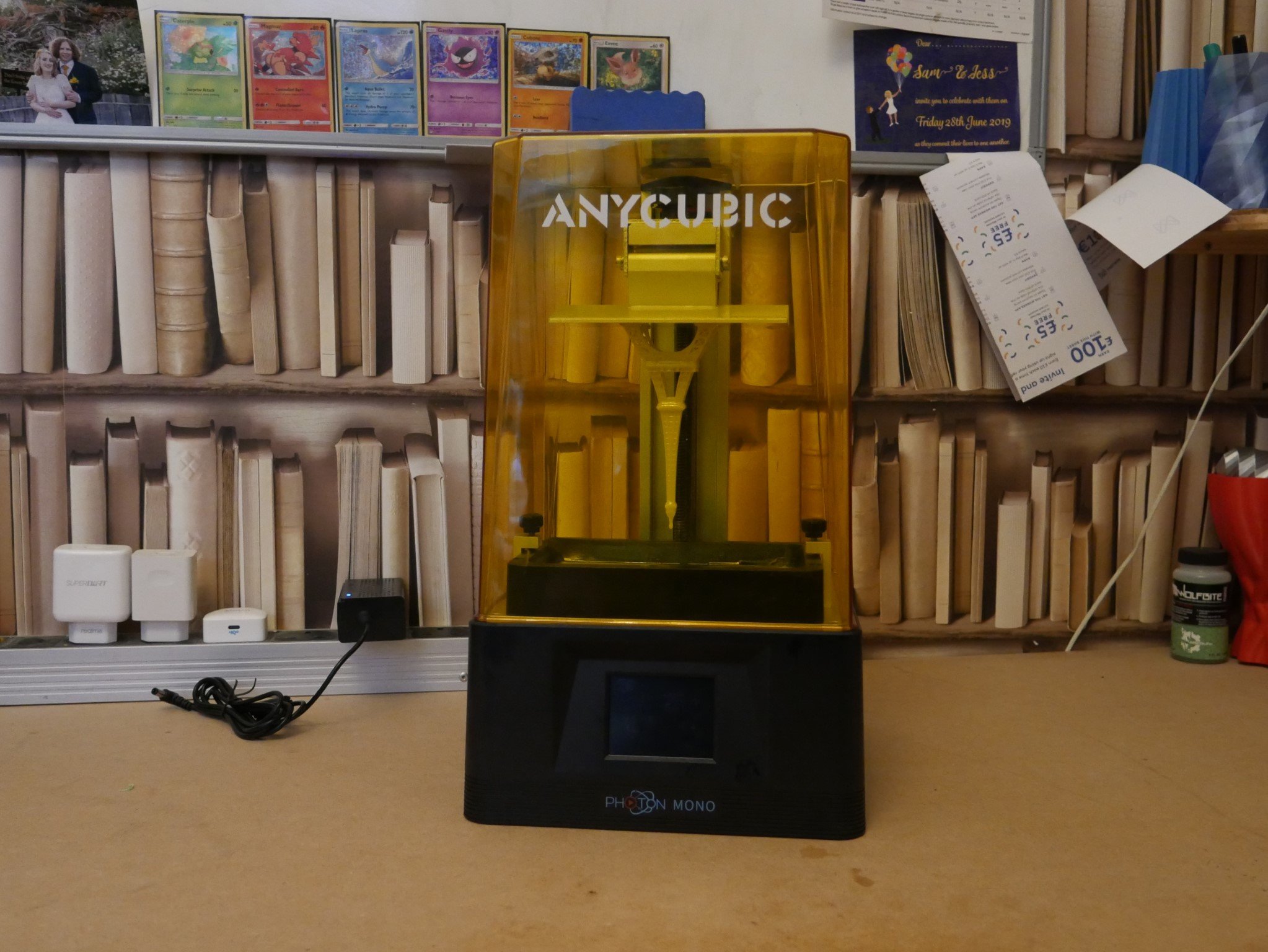
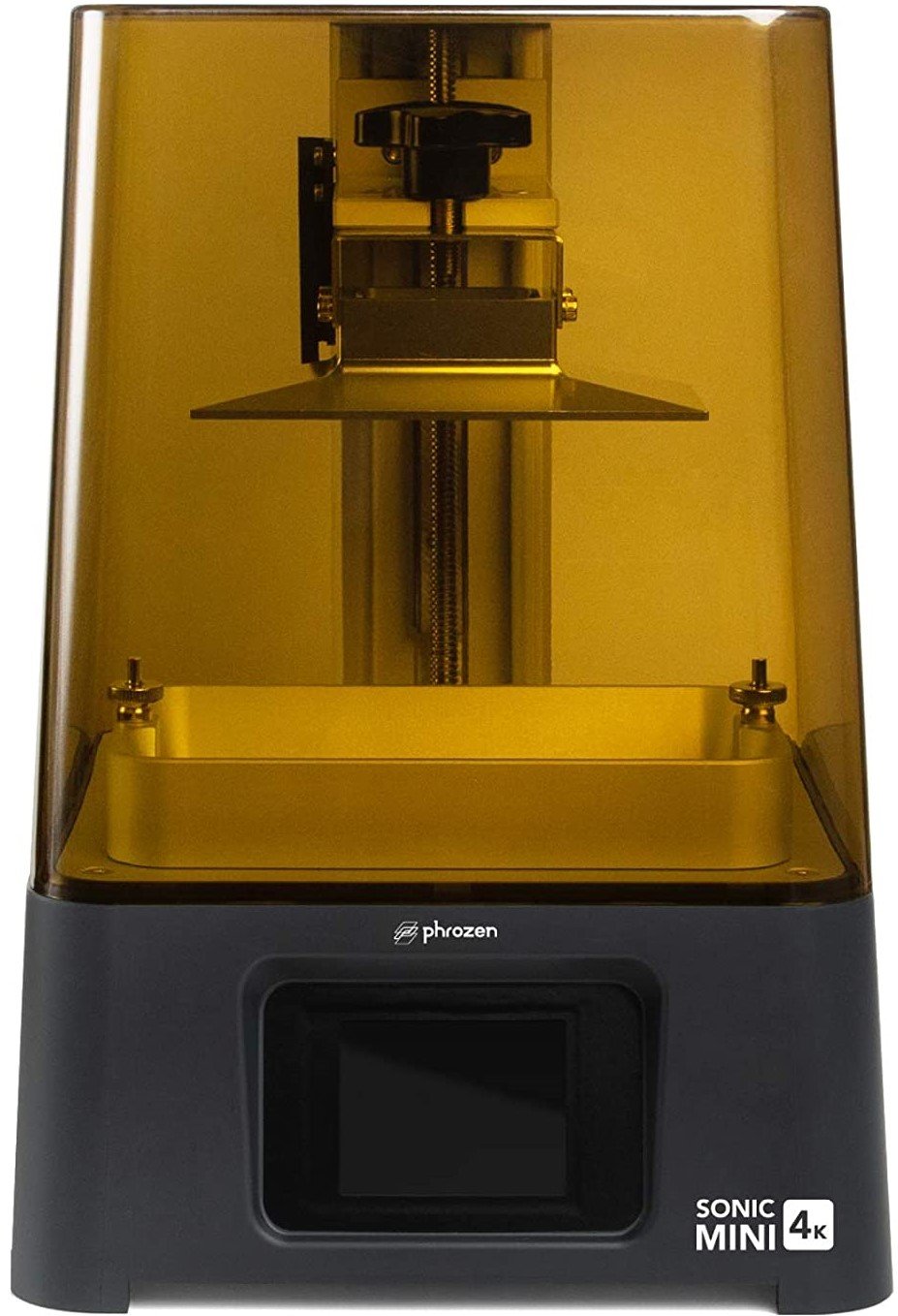
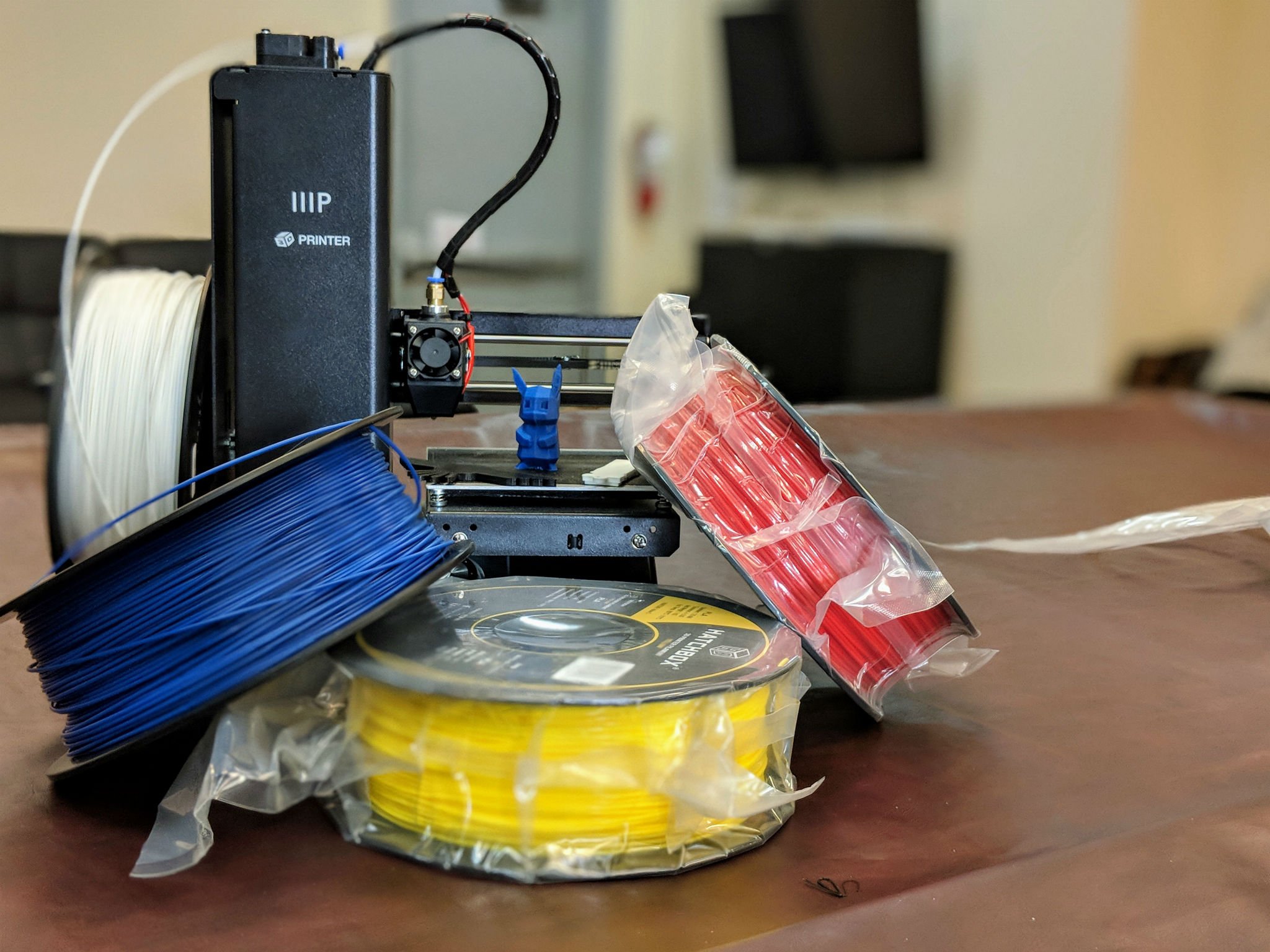

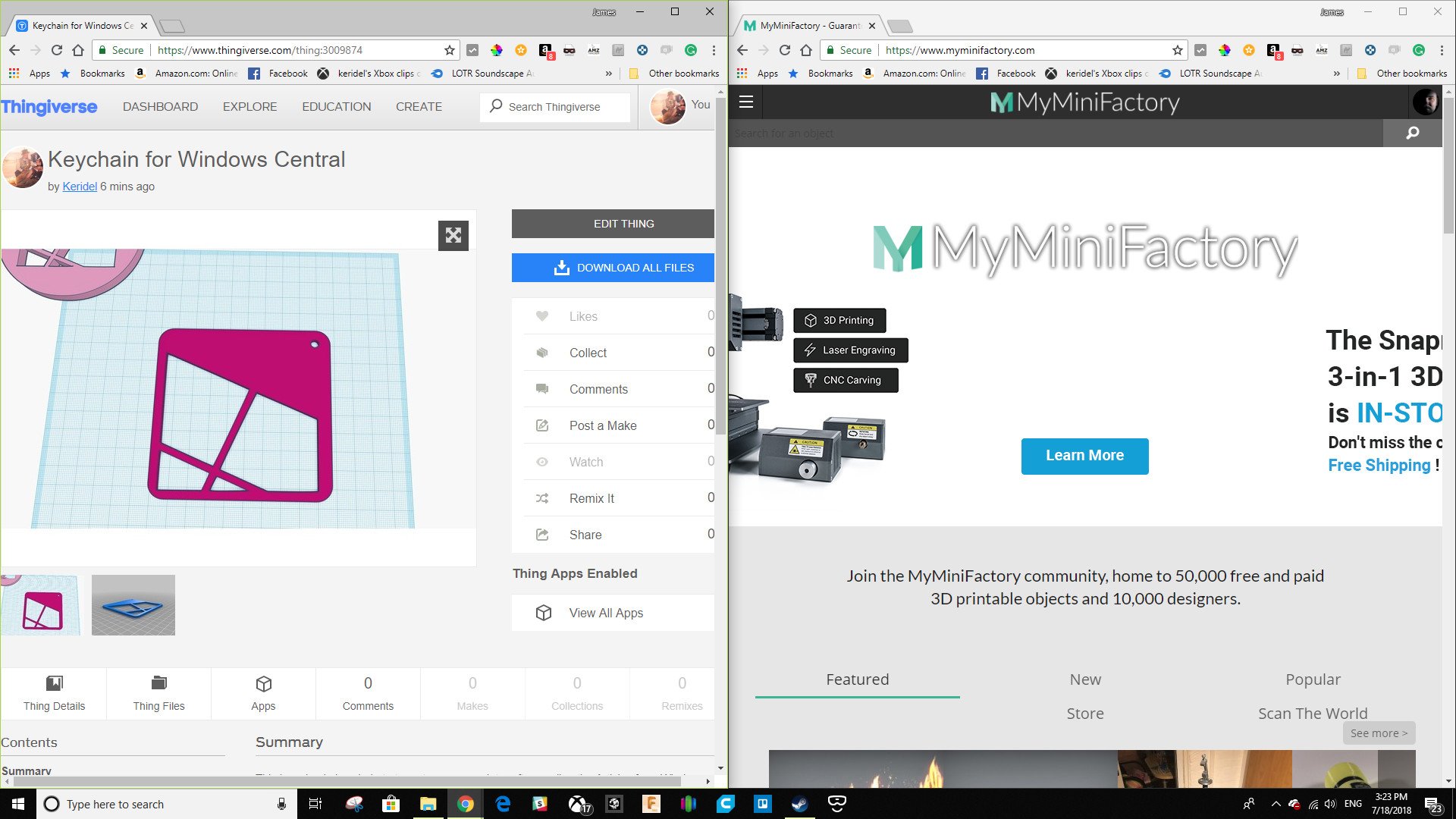
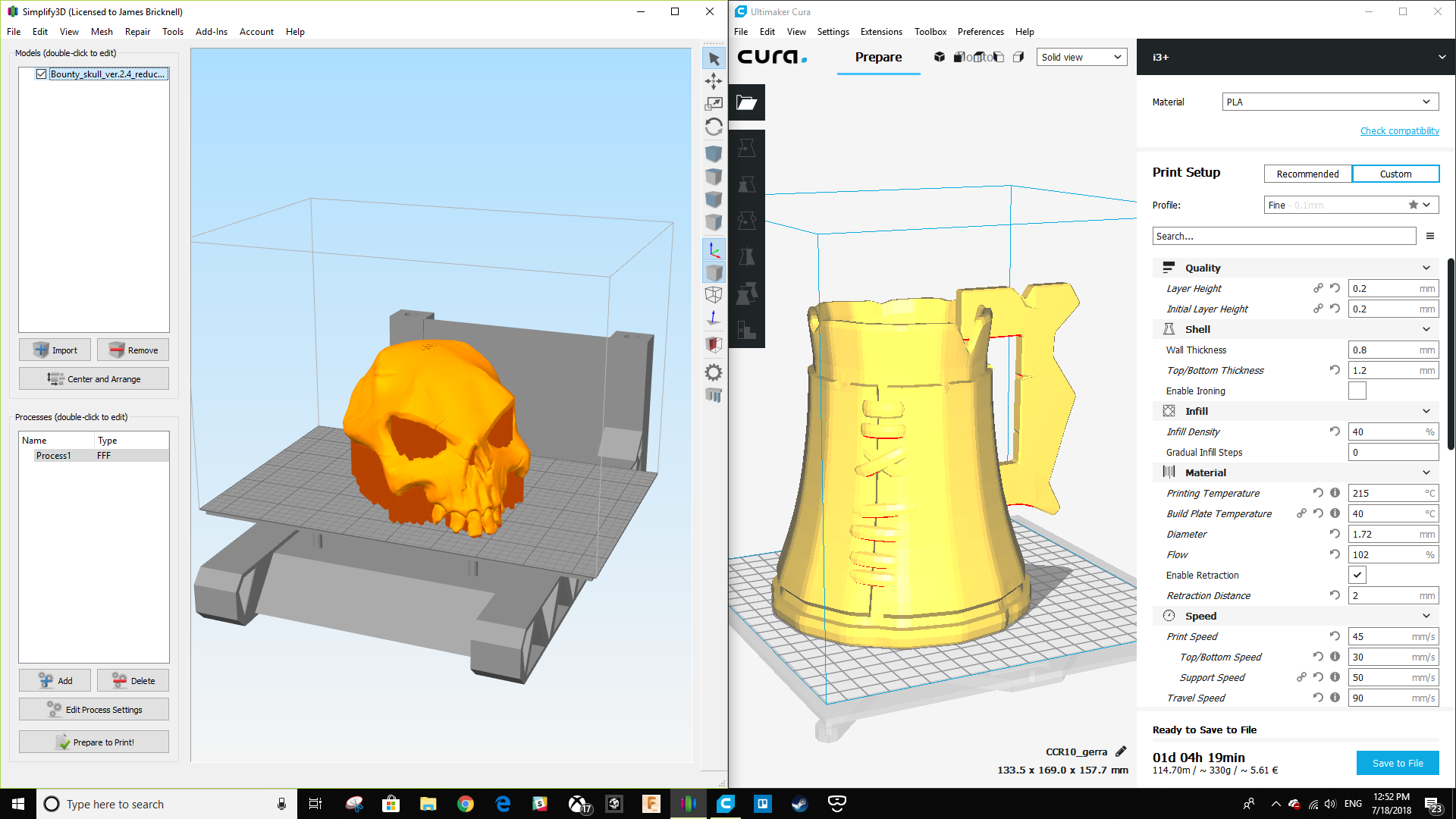
No comments: